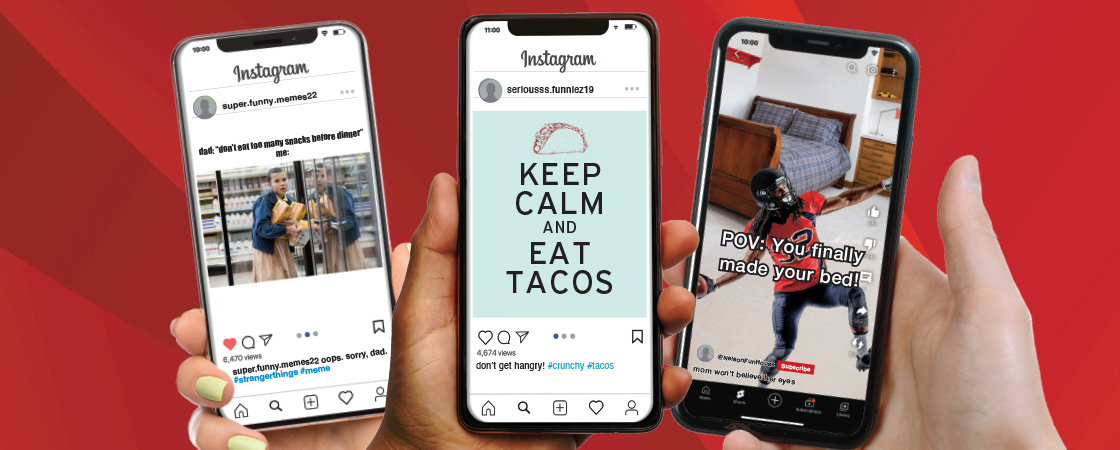Shutterstock.com
Have you seen the video of Pedro Pascal eating a sandwich? In a clip that became wildly popular earlier this year, the Mandalorian star bites into a peanut butter and jelly sandwich and chews silently, staring into space.
The clip comes from Pascal’s appearance on a food show, but it quickly became a meme—a piece of digital content that is copied, tweaked, and shared online. People have added sad piano music, loud crunching sounds, dancing cats, and funny captions. Versions of the meme have been viewed millions of times.
Funny, right? Of course.
But memes can do a lot more than make us laugh. Memes offer us a way to connect with each other, to express ourselves, to be creative and clever. Indeed, memes have become an important form of communication.

